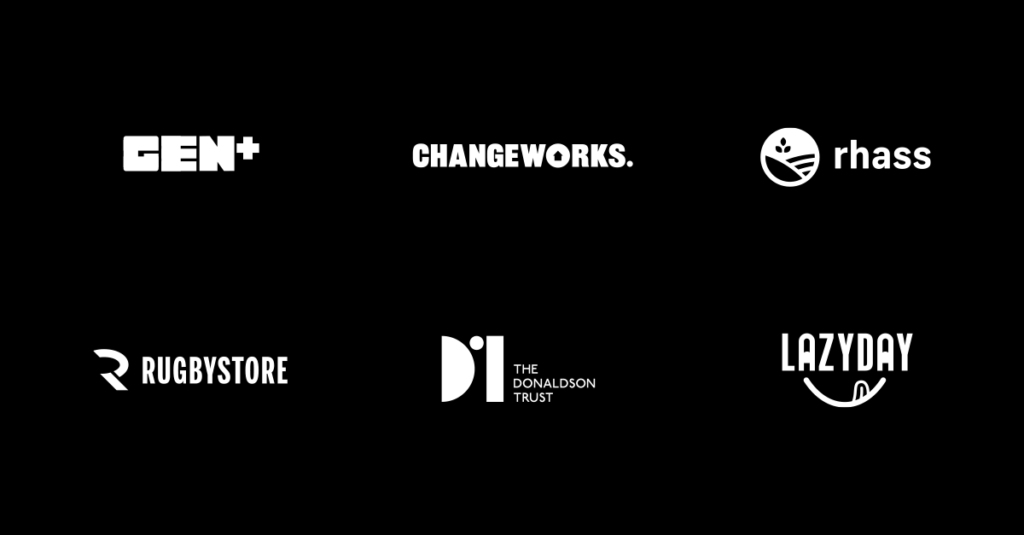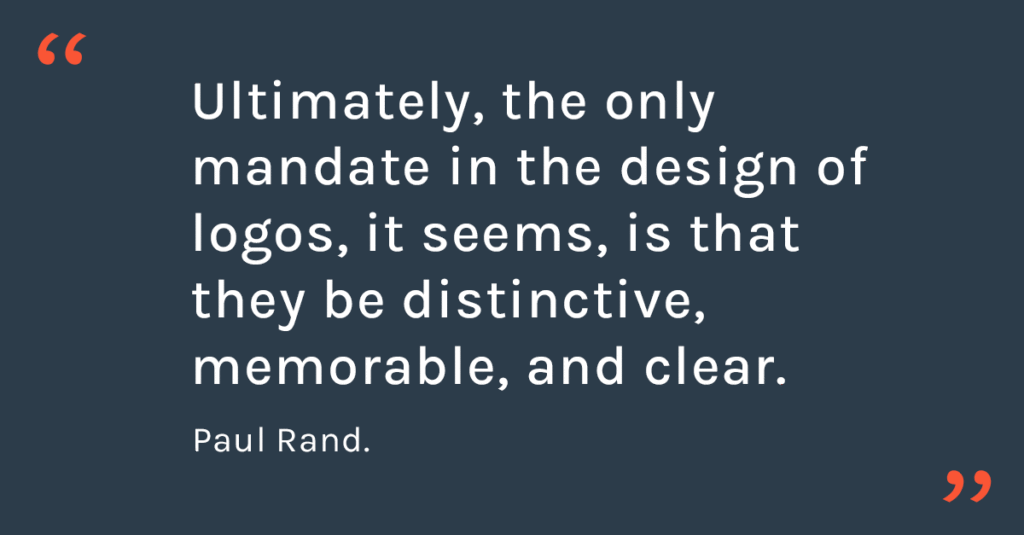Is my logo up to scratch?
Ollie Cunningham • 12th Jun 2024

In the world of branding, your logo is king. It’s the symbol that represents your business and stays etched in the minds of your customers. But how do you know if your logo is up to scratch? Join us as we explore key criteria to help you evaluate the strength of your logo – distinctiveness, clarity, and memorability.
The true purpose of a logo
There’s a common misconception about what a logo should do.
Many believe that it should reflect your brand’s personality, convey its values and even tell your brand story. In reality this, is not only impossible – it’s not sensible either.
The primary purpose of your logo is to identify your business – nothing more and nothing less.
It’s doesn’t need to convey your brand personality or tell your brand story. Such indulgences often serve internal stakeholders, but work against the core purpose of your logo – to be easily recognised. Perceptions of your brand are in fact created through interactions over time, whether through branded communications, customer service, or your products and services themselves.

Is your logo distinctive?
A distinctive logo stands out in the marketplace. It’s unique and instantly recognisable, setting your brand apart from competitors.
Ask yourself…
Can my logo be easily confused with others in my industry?
The key point here is your logo needs to be distinctive within your marketplace. Its okay for it to look a bit like another logo somewhere in the universe, and in fact it probably will if you look hard enough.
Distinctiveness ensures that your logo not drives brand awareness, but also stays with your audience long after they’ve seen it. If your logo is generic or overly complex, it might be time for a redesign.
Is your logo clear?
Clarity in logo design is crucial. A clear logo communicates your brand message without ambiguity.
Consider the following…
- Is your logo simple and easy to understand at a glance?
- Does it avoid unnecessary details that can clutter the design?
Simplicity is key, but, there’s a sweet spot we need to hit. Too simple and it won’t be distinctive. Too complex and it won’t be recognised. If someone can’t discern your logo’s elements quickly, it might need simplifying.
Is your logo recognisable at small scale?
Logos appear in various sizes, from billboards to business cards, and more importantly, on mobile devices. Therefore, scalability is key.
Test your logo by…
- Shrinking it down to see if it remains identifiable.
- Ensuring that all critical elements are still visible and distinguishable at smaller sizes.
A logo that becomes a blob of indistinguishable colours when reduced will fail to make an impact in smaller formats.
Is your logo recognisable on social media?
In the digital age, your logo’s performance on social media platforms is vital. Social media profiles, posts, and ads often feature logos in small formats, sometimes even circular or square, and cropped.
Check your logo for…
- Adaptability to various social media formats and sizes.
- Visibility and recognisability within a social media profile picture or thumbnail.
If your logo loses its essence when resized or cropped for social media, it’s essential to rethink its design.
Is your logo memorable?
A memorable logo is one that sticks in the mind of the viewer.
It’s not enough to simply see the logo; it should leave a lasting impression. Mnemonics are used as a memory aid to help remember specific information, but the same can be applied to logos too. For example, ‘Big Elephants Can Always Understand Small Elephants’ can help children learn how to spell ‘because’. Likewise, the bite taken from the Apple logo or the slight angle of the Spotify soundwaves help us remember them.
Evaluate your logo by asking…
- Is it easily recalled after a brief glimpse?
- Is there something unusual that makes it stick in the people’s minds? Does it have a mnemonic factor?
The true value of a logo
It’s important to remember that a logo derives its true meaning through its association with your products, services, or overall business. If a company is second-rate, the logo will eventually be perceived as second-rate. It’s unrealistic to expect a logo to perform miracles from day one; its power builds over time as your audience becomes familiar with it.
Interestingly, the specific subject matter of a logo is often of secondary importance. While a direct link between the symbol and what it represents can be helpful, it’s not always achievable or even necessary. What truly matters is that it’s is distinctive, memorable, and clear. These qualities ensure that, regardless of the content, your logo will effectively identify your brand.
Hitting the mark
Your logo is more than just a visual mark – it’s a crucial part of your brand’s identity. A logo that’s distinctive, clear, social media-friendly, and memorable can significantly enhance your brand awareness. If it falls short in any of these areas, it might be time to consider a redesign.


